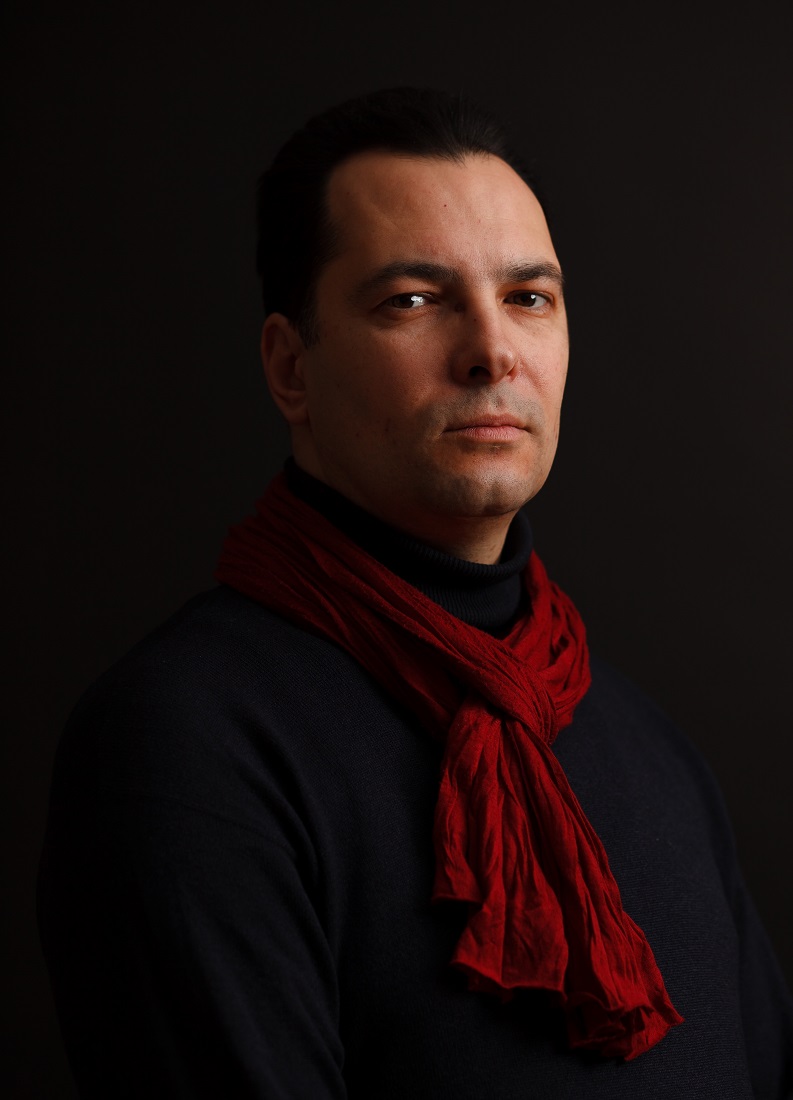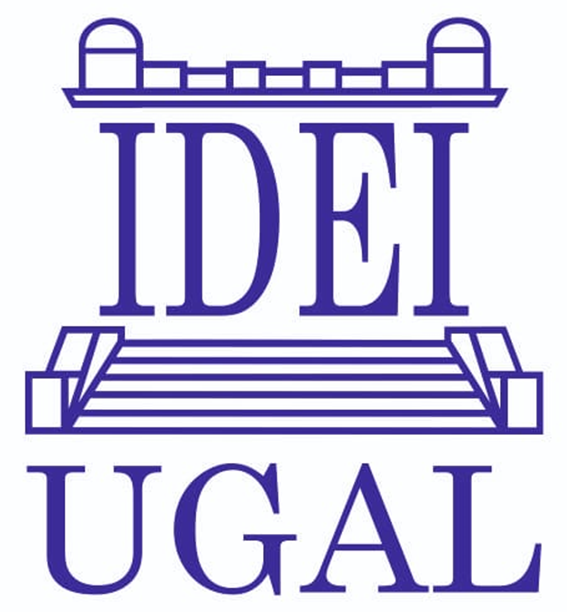Keynote Speaker
Peter Raspor
Professor Emeritus
University of Ljubljana, Slovenia
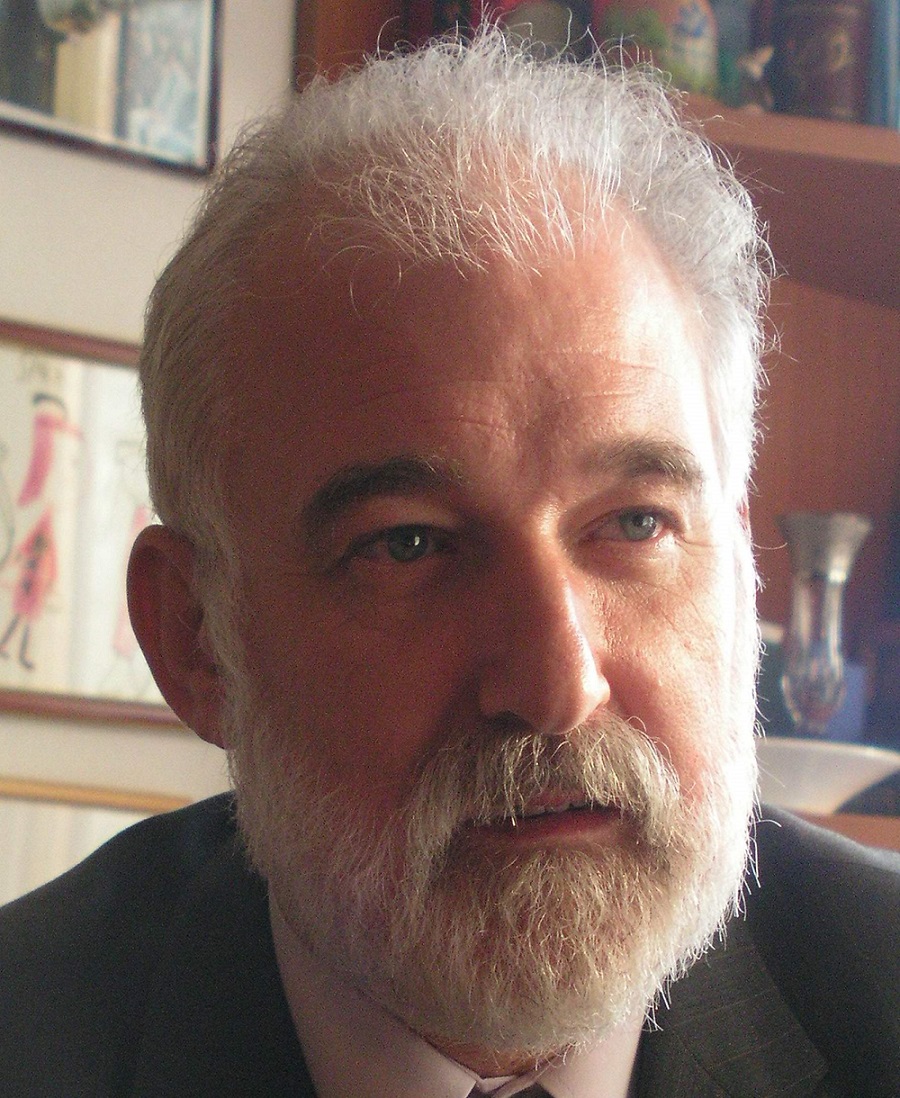
Keynote Speaker
Adrian Bejan
J.A. Jones Distinguished Professor
Duke University, USA
Adrian Bejan received the Benjamin Franklin Medal (2018) and the Humboldt Research Award (2019) for thermodynamics and the constructal law of natural design and its evolution in nature, society and science. His degrees are from the Massachusetts Institute of Technology (B.S.1971, M.S.1972, Ph.D.1975). He has authored 685 peer-refereed journal articles and 30 books, and has been awarded 18 honorary doctorates from universities in 11 countries.
Abstract: Porous materials are usually thought of as amorphous mixtures of two or more things, solids, fluids, and voids. The research field started that way, and so did my own activity in it. Along the way, I was drawn to the part of nature (the physics) that was missing from the amorphous view: the structure, flow, configuration, drawing (design), purpose, and evolution.
The lecture is pictorial. It begins with defining the terms, because words have meaning: vascular, design, evolution, and prediction (theory). Next, the lecture shows that vascular (tree shaped) architectures flow more easily than parallel channels with only one length scale (the wall to wall spacing). Transport across channels is facilitated when the spacing is such that the channel flow length matches the entrance (developing) length of the flow.
The tendency to evolve with freedom toward flow configurations that provide greater access is universal in nature, bio, and non-bio. This tendency is the Constructal Law, which empowers us to predict the evolution toward flow access, miniaturization, high density of heat transfer, and the scaling up (or down) of an existing design.
Multiscale vasculatures occur naturally because they flow more easily than their counterparts with a few length scales. The future of evolutionary design everywhere points toward vascular, hierarchical flow architectures that will continue to morph with freedom and directionality.
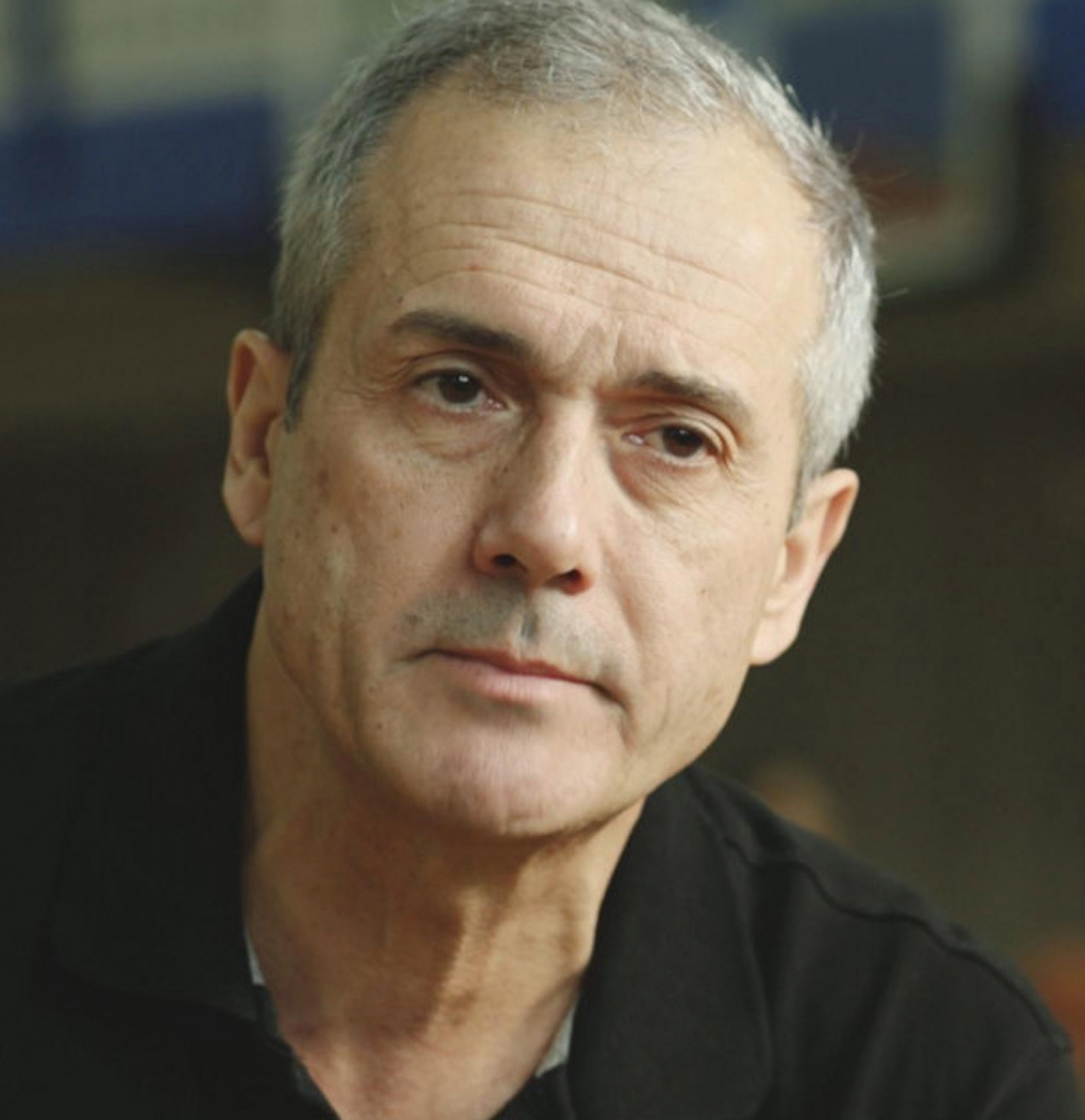
Keynote Speaker
Calin Tarau
Calin Tarau received his BSc and MSc in Mechanical Engineering (Naval Architecture) from “Dunarea de Jos” University of Galati, Romania and his PhD (Aerospace Engineering) from Polytechnic Institute of NYU, New York, US. Dr. Tarau has over 25 years of experience in a wide range of applications involving passive and active spacecraft thermal control, single-phase and two-phase thermal management systems, air pollution control, aero-acoustics and flow diagnostics. He specializes in heat transfer, fluid dynamics, aerodynamics, thermodynamics and in combining these fields to generate thermal management concepts and technologies for applications from cryogenic to alkali metal temperatures. He has developed thermal management and cooling technologies as Principal Investigator for the Long-Lived Venus Lander (NASA GRC), Europa Autonomous Melting Probe (NASA JPL), 24-Hour Venus Lander (NASA JPL), VIPER (NASA JSC), Comet Sample Return (NASA GRC), Electric Aircraft (NASA GRC), Kilo-Power (NASA GRC) and many other. Dr. Tarau is also the author and co-author of more than 100 journal and conference publications.
Abstract: NASA is interested in exploring the possibility of life in the ocean worlds of Europa, Ceres (Jupiter’s moons) and Enceladus (Saturn’s moon). In each case, these ocean worlds are in fact thick layers of liquid water surrounded by ice crust. The shielding that the ice crust provides to these oceans against planetary radiation combined with the fact that, at the bottom, the liquid water is bounded by silica (on Europa), represent a favorable context for potential alien life existance. This kind of mission requires a reliable and autonomous ice penetration probe that can melt through the 30-50km of ice crust of these moons. Advanced Cooling Technologies (ACT)’s Research & Development group have taken on this task, noting some particular points of concentration around challenges like surrounding temperature non-uniformity, possible obstacle encounter during melting and descent as well as temperature and pressure extremes experienced by the instrument. ACT has completed a feasibility study (Phase I NASA SBIR) working on an innovative melting probe design, and is currently developing a reduced scale electrically powered prototype (Phase II NASA SBIR). The final prototype/probe will have to be capable of melting the ice crust efficiently to save time, releasing itself from refreezing tail events, detecting and avoiding obstacles by changing the direction of motion or even melting and moving laterally to avoid large non-meltable areas, all of these autonomously. To enable these capabilities for the probe, the development focuses on a series of innovative features. A first feature will be a pumped 2-phase loop that collects waste heat from the cold end of the thermos-electric convertors to focus it to the front of the probe. A second feature is a vapor chamber at the front that will collect the heat from the pumped 2-phase loop and focus the heat on the front/bottom for forward melting. A third and very important feature, consisting of variable conductance walls, will allow lateral melting only as needed to minimize the parasitic energy usage. This feature will passively release the probe when it gets stuck because of tail refreeze, will allow change of trajectory or even lateral motion to avoid wide obstacles. A fourth feature will consist of water displacement nozzles that would allow steering of the probe during the ice melting. All these features will need to work together interacting with each other to increase probe’s reliability and avoid mission stoppers. ACT’s team expects preliminary results from this Phase II development by September 2022 when some of these results will be presented at the “Dunarea de Jos” University of Galati.
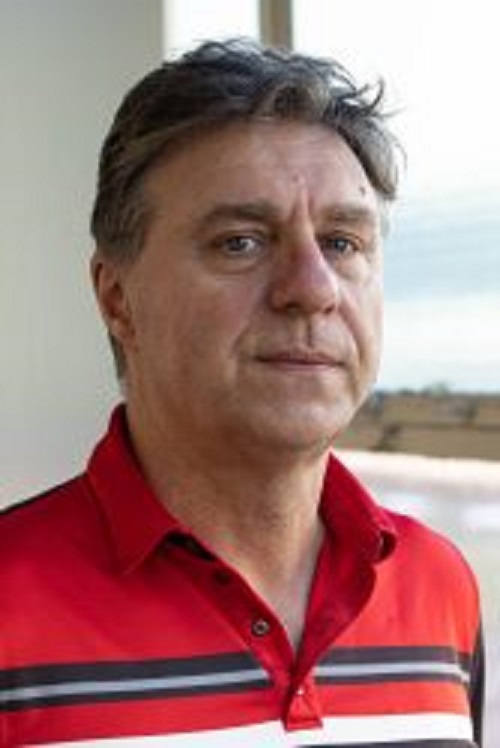
Keynote Speaker
Catalina Neculai
Assistant Professor
Coventry University, England, UK
Catalina Neculai is Assistant Professor at Coventry University, England. Over twenty years ago, she left Romania and the University of Galaţi on an Open Society Foundation grant to pursue an MA in Gender, Literature and Modernity at the University of Warwick where she continued with an interdisciplinary doctorate in literature and urban geography. At Coventry, she researches ideologies of writing and knowledge production, cities, cultures and “right to the city” politics, teaches academic writing and works with both established and emerging researchers on developing their research writing. Catalina is co-convenor of the Academic Publishing and Presenting in a Global Context research network of AILA (Association Internationale de Linguistique Appliquée).
Abstract: It has become axiomatic these days for research across the humanities, social sciences and sciences spectrum to be written, or translated (brokered), in English as an unquestioned lingua franca of academic knowledge production. Academic institutions and researchers have embraced this practice not just because it facilitates the communication of research across linguistic cultures and spaces but more importantly, because it is seen to represent research competence, validation and recognition. In other words, you are a recognised and validated researcher if you have published in internationally indexed journals (the famous ISI database, for instance), with internationally recognised publishers (the famous university or multinational publishing houses) and have reached an audience beyond the confines of one’s national and local context. My talk will map these trends and practices critically in order to argue that they reinforce a certain power dynamic, the unequal configuring of spaces of knowledge locally, nationally and transnationally with research writing as mediator in the production of geographical scales and their nested hierarchies. I will also consider, and open up for discussion, the local impact of such trends on everyday practices inside and outside of academia (for example, how research is organised and supported locally in the university and across disciplines, and its impact on the everyday socio-spatial practices and policies).
Position statement: As a Romanian and native of Galaţi, I recognise the dissonance in presenting on these issues in English, so I am happy for the discussion at the end to be in Romanian.
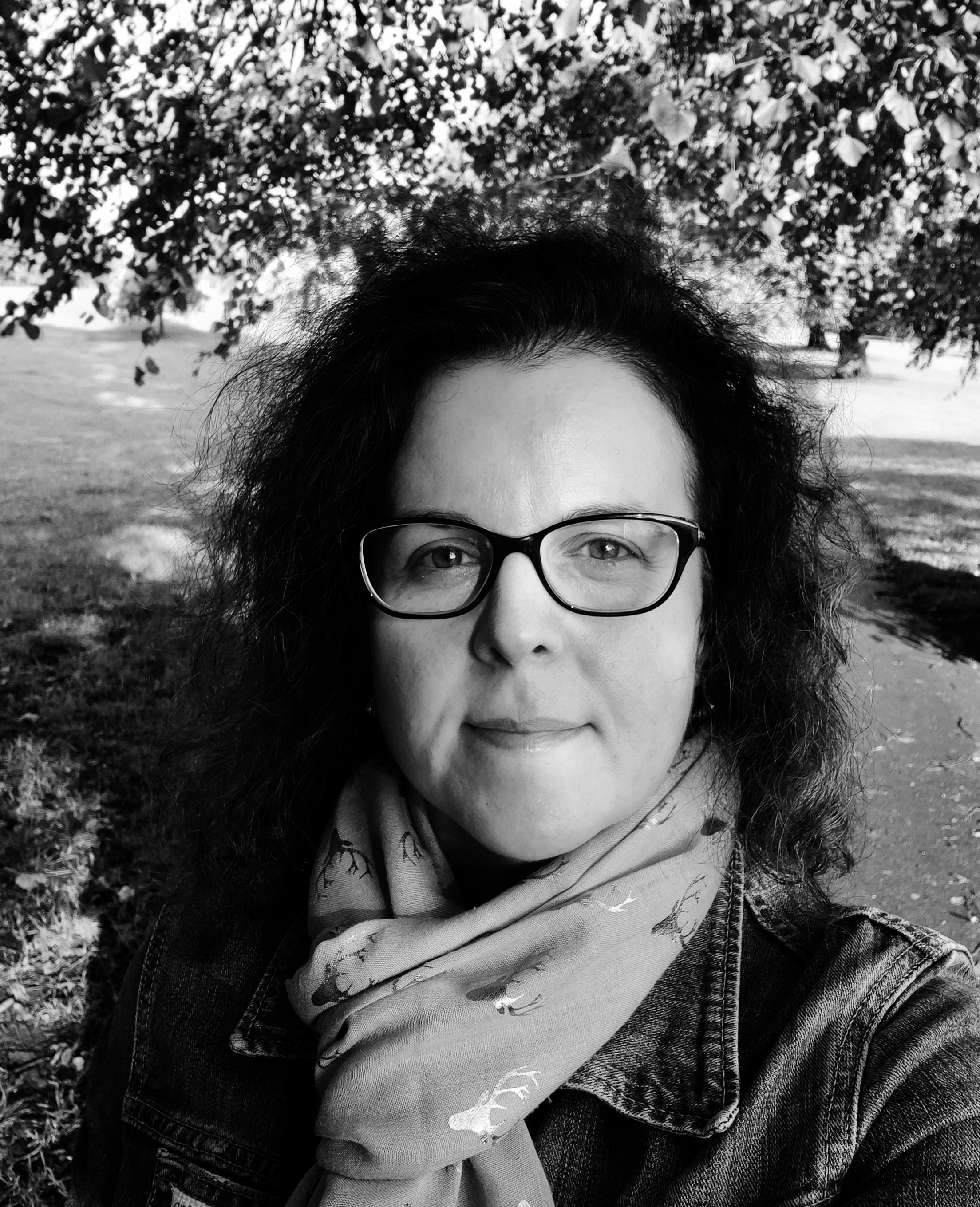
Keynote Speaker
Sorin Purcaru
Associate professor
‘George Enescu’ University of Arts in Iasi, Romania
